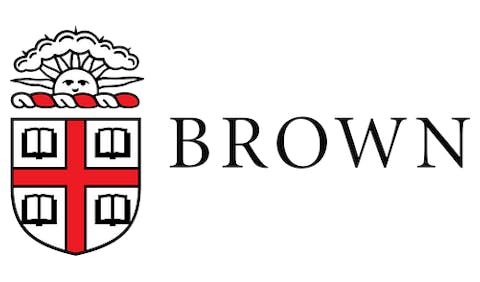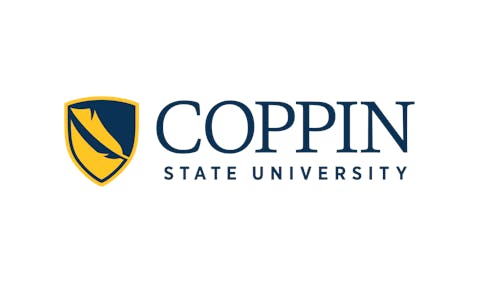A Personal Victory, A Larger Signal
Dr. Martin Luther King Jr. often reminded us that ‘the arc of the moral universe is long, but it bends toward justice.’ Yet arcs do not bend on their own; people must pull them. For Black women in higher education, that bending is not a metaphor but a lived, exhausting struggle. Justice is not just a concept but a long, arduous climb. We teach. We research. We lead. And sometimes, we must also stand against the very institutions that hired us.
 Dr. Leah P. Hollis
Dr. Leah P. Hollis
More importantly, the panel rejected the lower court’s cramped reliance on the McDonnell-Douglas burden-shifting framework. Since 1973, the Supreme Court’s McDonnell-Douglas case has forced discrimination plaintiffs through a rigid three-step burden-shifting test—one that too often shuts cases down before a jury can ever weigh the evidence. However, the Fourth Circuit emphasized instead Rule 56’s simple question: could a reasonable jury find discrimination?
As the court put it, the record contained “circumstantial evidence—including evidence of pretext—that would allow a jury to infer” bias. Judge Quattlebaum went further in a separate concurrence, praising the majority for skipping the rigid McDonnell Douglas steps and instead “pointing out the evidence that creates a genuine dispute of material fact.” He urged the Supreme Court to scrap McDonnell Douglas altogether, calling it “unnecessarily complex” and “more restrictive than Title VII itself.” This appeal and decision chips away at rigid judge-made hurdles that for decades have silenced plaintiffs before a jury could ever hear their stories.
Why Procedure Matters in Civil Rights
For discrimination litigants, this decision is more than technical. The old McDonnell-Douglas test forced plaintiffs to meet rigid “prima facie” boxes and disprove every employer excuse, often leading to dismissal at summary judgment. By centering Rule 56, the Fourth Circuit made clear that all the evidence, biased remarks, shifting justifications, policy deviations, comparators, and suspicious timing, belongs in one evidentiary bundle. In turn, this lowers the procedural bar, makes it harder for employers to paper over bias, and gives plaintiffs a fairer chance to be heard.
My own scars tell the story. I was paid tens of thousands less than men doing the same job, called names behind closed doors, had dossiers suppressed, gaslighted for leadership errors, and was unjustly demoted to “at-will.” Like many women in my department, I scraped for resources while being told to stay quiet, told I was nothing. Silence, they said, was the price of survival. I refused. And when the Fourth Circuit reversed, it was more than a personal win—it was a civil rights intervention that affirmed the importance of truth, insisting that such truths be considered as a whole, the way we live them, not dissected into sterile sound bites.
The 300,000 Who Couldn’t Stay
Between April and June 2025 alone, nearly 300,000 Black women exited the U.S. labor force because they felt unsafe, not by choice but by structural neglect. As of September, unemployment for Black women hovers near 6 percent—twice that of their white counterparts. These departures are not accidents; they are ruptures in equity and dignity, the consequence of harassment, unequal pay, bullying, and institutional betrayal.
Each exit letter echoes the same civil rights path: Harriet Tubman walking 4,500 miles to free enslaved people, Dr. Martin Luther King Jr. jailed 29 times, Colin Kaepernick forfeiting his NFL career. Several times on my journey, I was told, “you’re ruining your life” or “ be grateful to have a job.” But what if Harriet turned back? What if Martin stopped dreaming? What if Colin stood up and stayed quiet? Their resistance was costly; so too is the exodus of Black women from today’s workplaces. Justice does not bloom in surrender.
Intersectional Betrayal in the Academy
In higher education, Black women are showcased on websites and brochures yet undermined in daily practice. Research confirms we are disproportionately bullied, mobbed, and harassed. We remain the only group that required the Crown Act to affirm that our natural hair is lawful. Too often, the hostility comes not only from men but also from women—including women of color—who proclaim solidarity in public but dismantle it in private. These wounds, born of silence and duplicity, are institutional betrayals as old as the academy itself. That is why social justice must be more than a logo or slogan. When institutions use taglines as a façade, people make life-changing decisions based on those promises—only to discover too late that the commitments were hollow, leaving their careers and families in jeopardy. Zora Neale Hurston said it plainly: “The Black woman is the mule of the world.” That weight remains. And yet, even when battered, we persist. Because if we do not disrupt silence, the record calcifies into precedent.
Truth Telling as a Contact Sport
Writing in my personal capacity and researcher in this area, I still serve as a professor, still honor my students, and still respect the office I hold. This appeal shows that justice doesn’t clock out, the fight for equality yawns on despite the fatigue of its warriors; yet we walk on, dream on of a day when one should not have to fight for the dignity they were born with. Whistleblowers and resisters are often isolated, mischaracterized, and told to take the “high road.” Yet if we as educators do not teach justice by living it, the next generation inherits our silence as permission.
I prevailed because the record mattered, and because the Georgetown Civil Rights and Appellate Courts Immersion Clinic believed in my case and had the determination to fight for justice. What we do not correct becomes precedent. The appellate court saw what those in power at my prior institution chose to ignore—the pretext, the contradictions, the lies. With support from family, counsel, and ancestors, I stood. And now, with Hollis v. Morgan State joining Ames v. Ohio in questioning the stranglehold of McDonnell-Douglas, the judiciary too has taken a step toward clearing the road.
The Unending Path Forward
This is not the end. My case now returns to the district court where it will either go to trial or may yet be resolved through mediation. My forthcoming book, Disrupt the Not Telling, by Oxford University Press, will continue excavating the silences and erasures imposed on Black women scholars. As Audre Lorde reminds us: “Your silence will not protect you.” Some of us cannot speak loudly, constrained by family, caregiving, or survival—but presence, prayer, and quiet resistance are also forms of disruption.
The fight for equity is cyclical, echoing Reconstruction, the Red Summer of 1920s, and the civil rights movement 1960s. Each time, the nation tries to turn us back. Yet like Harriet, Martin, and Colin, those of us who set out on the trail of justice cannot turn back.
The exodus of 300,000 Black women from the workforce is not just a labor statistic—it is the latest reminder that civil rights remain unfinished, and that silence cannot be its price.
_______
Dr. Leah P. Hollis is Associate Dean and Professor at Penn State University.
















